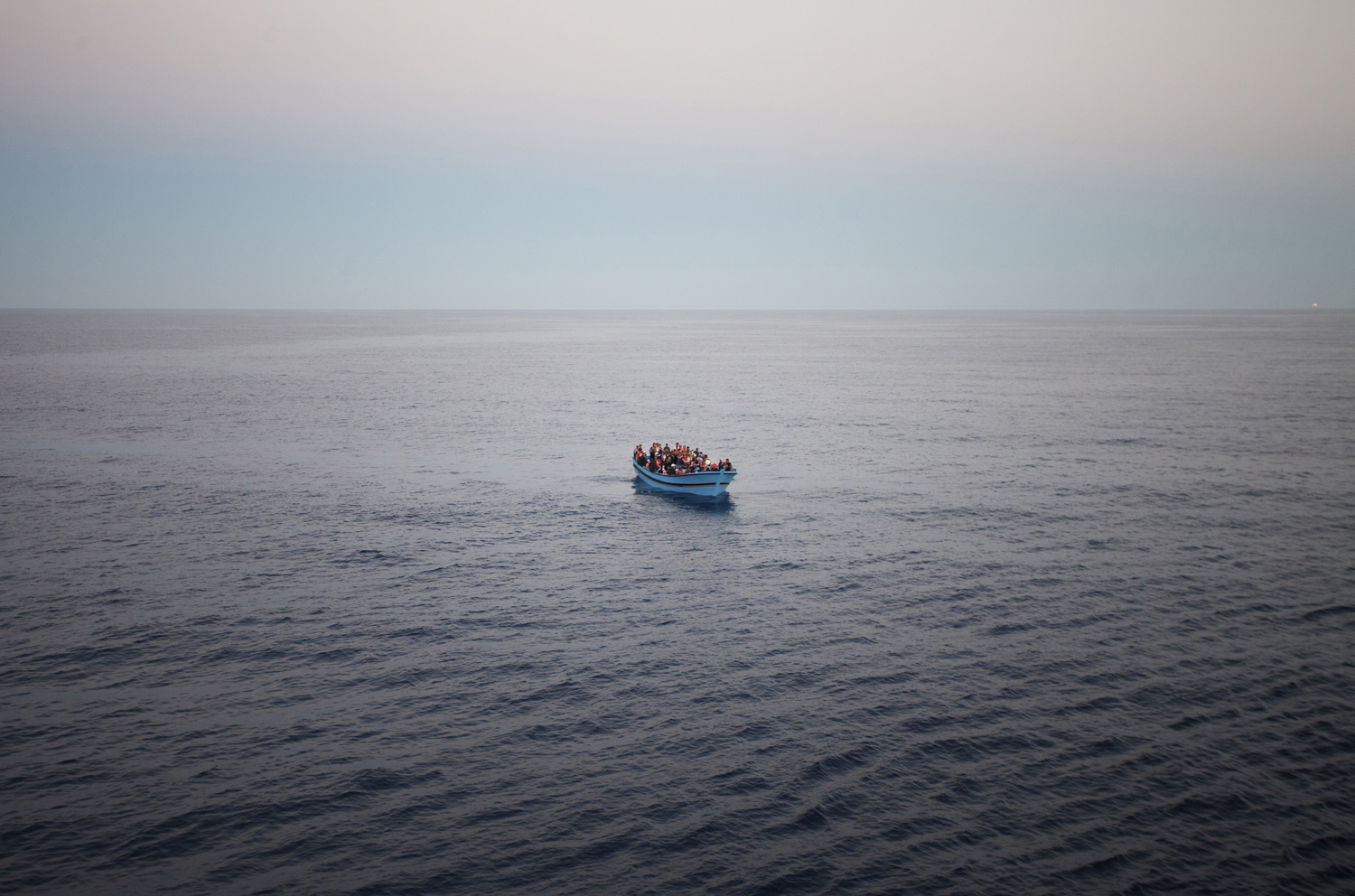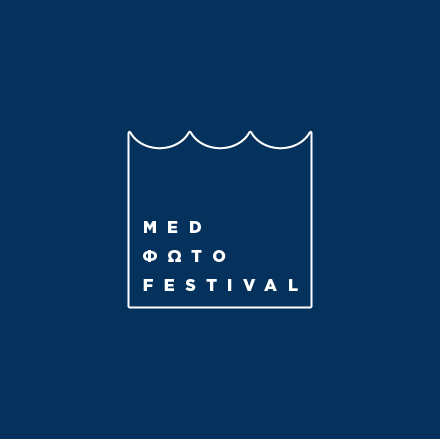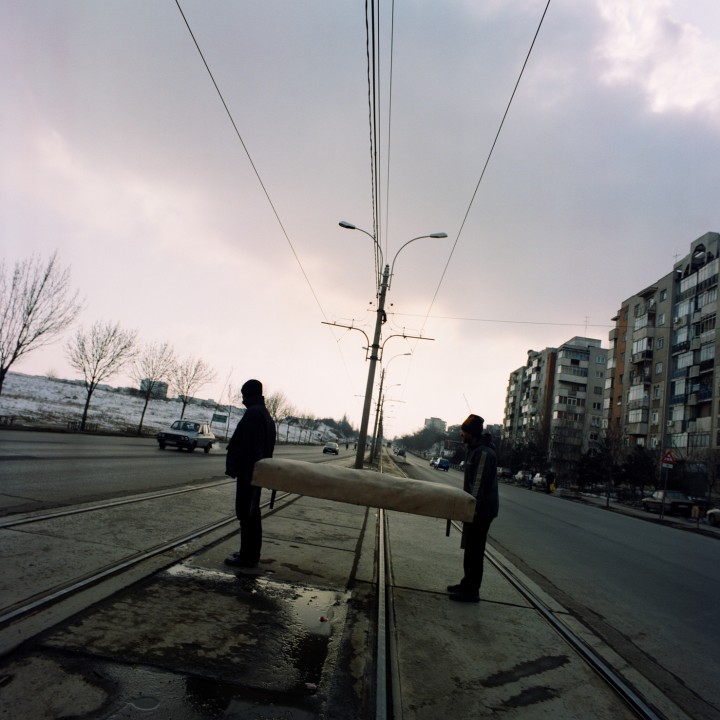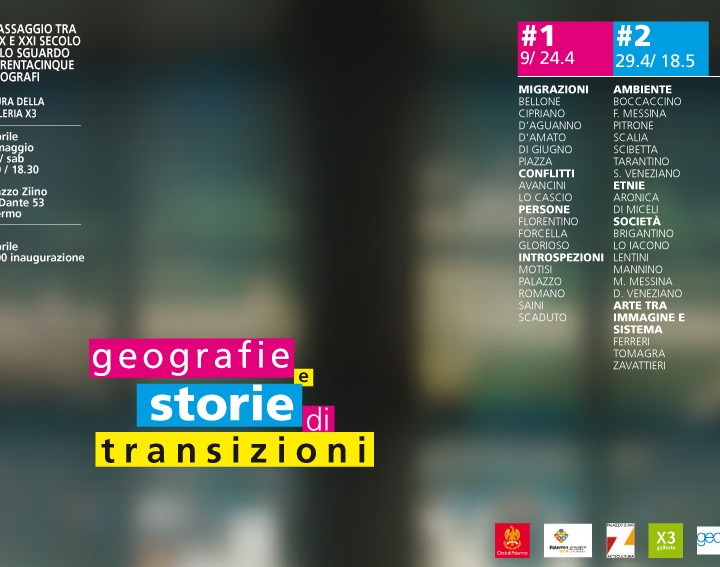Mare Nostrum, Rescue at sea
Like so many refugees before them, the desperate men, women and children at sea that day were lucky to have made it into Italian waters at all. Their 18-hour voyage on the Mediterranean was fraught with danger, and for hundreds just like them it had ended in disaster. Now, having been spotted by the San Giorgio as part of Italy’s Mare Nostrum operation, all they could do was hope to be rescued.
Women, children and those in need of medical attention were first off the rickety boat – among them, young mothers. “Can my child have some milk?” asked one, gaunt and exhausted, clutching a toddler with her arms. “His feeding bottle fell into the water.”
As a total of 210 people boarded, I took the lady gently by the arm and asked where she was from. Her eyes were bloodshot from the tears. “I am from the town where the revolution started,” she replied, referring to Dara’a in Syria. “Now my city is gone.”
In a makeshift registration area, officers processed those who had fled their homes. “I don’t think I have come across people from the Central African Republic and Kashmir at the same time,” remarked one marine, jotting down names and nationalities. I peered over his shoulder. Sudan. Eritrea. Pakistan. Somalia.
One weary man from Kashmir in Pakistan told us his name was Khan. At the age of 54, he had been forced into exile after military assaults created a living hell for him at home. A smuggler in Lahore promised him “a better life in the West” – the journey had cost him his life savings.
Rescue at sea is a visual documentation of Mare Nostrum operations in the Mediterranean sea http://tracks.unhcr.org




